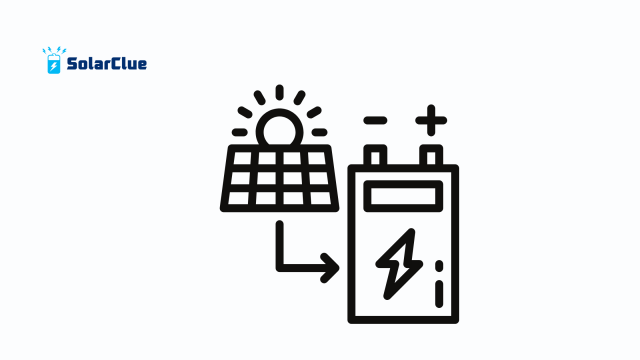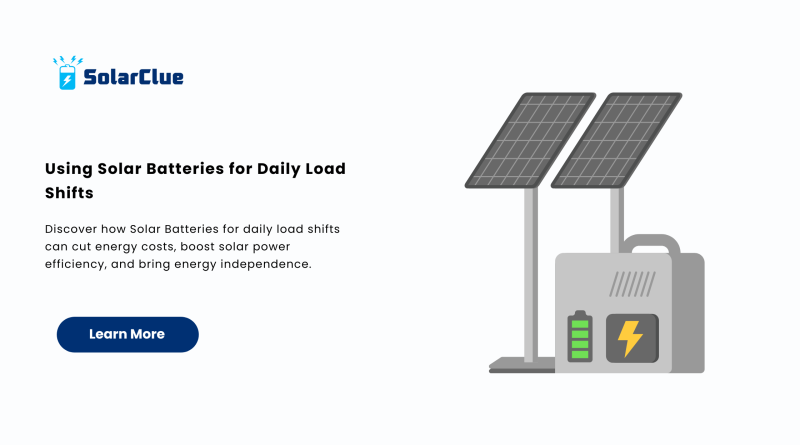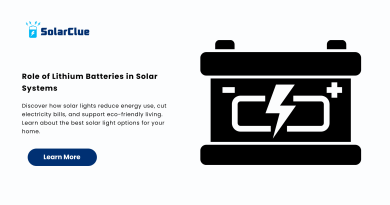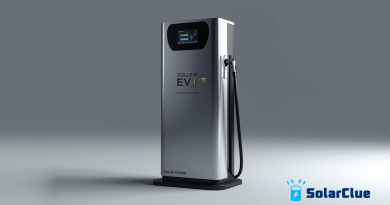Using Solar Batteries for Daily Load Shifts
As electricity prices continue to rise and environmental concerns take center stage, more people are embracing solar energy. One of the smartest ways to optimize your solar power system is by using Solar Batteries for daily load shifts. This strategy helps store excess solar power generated during the day and use it during peak demand hours—when electricity is usually most expensive. It’s a win-win solution: save money and reduce reliance on the grid.
Table of Contents
- 1 What is Load Shifting?
- 2 How Solar Batteries Make Load Shifting Possible
- 3 Key Benefits of Using Solar Batteries for Load Shifting
- 4 Choosing the Best Solar Batteries
- 5 Solar Inverter Batteries and Their Role
- 6 Is It Worth the Investment?
- 7 Environmental Benefits
- 8 Ideal Use Cases for Load Shifting with Solar Batteries
- 9 Common Misconceptions
- 10 Maintenance Tips for Long-Term Performance
- 11 Future Trends in Solar Battery Technology
- 12 Conclusion
- 13 FAQs
What is Load Shifting?
Load shifting means changing when you use electricity to take advantage of lower-cost energy periods. When integrated with Solar Batteries, it becomes a practical way to cut costs. By using stored solar power during peak hours, you reduce your dependency on expensive grid energy. It’s not just about savings—it’s about smarter energy use.
How Solar Batteries Make Load Shifting Possible
Your solar power system typically generates more energy during the day than you immediately need. That surplus can be stored in Solar Batteries. Later, when the sun goes down and demand goes up, you can tap into that stored power instead of pulling from the grid. This not only ensures a steady power supply but also reduces your energy bill.
Key Benefits of Using Solar Batteries for Load Shifting
1. Lower Electricity Bills
Using Solar Batteries to power your home during peak evening hours means you’re avoiding higher utility rates. Over time, this results in significant cost savings.
2. Greater Energy Independence
By using Solar Batteries for home, you’re less reliant on power companies. This brings peace of mind, especially during blackouts or price hikes.
3. Reduced Grid Stress
Load shifting through battery storage lessens the burden on the grid, especially during peak usage. That means fewer outages and a more stable energy supply for everyone.
Choosing the Best Solar Batteries
When selecting the best Solar Batteries, look at factors like energy capacity, lifespan, efficiency, warranty, and cost. Lithium-ion batteries are widely recommended due to their high performance and long life.
Some leading brands include:
-
Tesla Powerwall
-
Luminous Solar Battery
-
Amaron Solar Battery
-
Exide Solar Tubular Battery
These options are trusted for their durability and performance in real-world settings.
Solar Inverter Batteries and Their Role
A Solar Inverter Battery works in conjunction with your solar system to convert stored DC electricity into usable AC power. Choosing high-quality Solar Inverter Batteries ensures smooth operation, better efficiency, and longer backup time during outages.
Is It Worth the Investment?
Initially, Solar Batteries can seem expensive, but the long-term return makes them worth it. You’ll save significantly on electricity bills, especially if you’re on a time-of-use tariff. Also, some governments offer rebates, tax credits, or subsidies to ease the financial load, improving your return on investment.
Environmental Benefits
Using solar power stored in batteries instead of grid electricity (often generated from fossil fuels) significantly reduces your carbon footprint. It’s a small but impactful step toward a cleaner, more sustainable planet.
Ideal Use Cases for Load Shifting with Solar Batteries

Solar Batteries are perfect for:
-
Homes in areas with high time-of-use electricity rates
-
Remote locations with unstable grid connections
-
Businesses looking to cut peak-hour operational costs
-
Homeowners aiming for backup during outages
Common Misconceptions
“They’re too expensive” – Not anymore. Costs have dropped considerably, and long-term savings offset initial expenses.
“They’re too complicated” – Modern systems are plug-and-play, with mobile apps and smart features making management easy.
Maintenance Tips for Long-Term Performance
To keep your Solar Batteries in top shape:
-
Avoid deep discharges regularly
-
Keep them in a cool, ventilated space
-
Follow the manufacturer’s maintenance guide
-
Schedule annual checks to ensure safety and performance
Future Trends in Solar Battery Technology
Battery technology is rapidly evolving. Future Solar Batteries will have higher capacities, faster charging, and smarter energy management using AI. Solid-state batteries are also expected to become mainstream, offering longer life and better safety.
Conclusion
Adopting Solar Batteries for daily load shifts is not just a trend—it’s a smart financial and environmental decision. Whether you’re a homeowner or business owner, shifting your energy usage with the help of solar power ensures lower bills, better reliability, and a reduced carbon footprint. With the right solar power system and the best Solar Batteries, you’re not just saving money—you’re securing a cleaner future.
Want to take control of your energy use and explore the best solutions in solar? Visit our website now at solarclue.com and don’t forget to check out our in-depth resources at blog.solarclue.com—you’ll find everything you need to power your future smarter!
FAQs
1. What is load shifting and why is it important?
Load shifting means using stored solar energy during peak hours. It helps reduce electricity bills and strain on the grid.
2. Can I use Solar Batteries without solar panels?
Yes, but it’s most efficient and cost-effective when paired with a solar power system.
3. How long do Solar Batteries last?
Typically, they last between 5 to 15 years, depending on the type, usage, and maintenance.
4. Are there government subsidies for Solar Batteries?
In many countries, yes. Subsidies and tax credits are offered to encourage solar adoption.
5. What type of battery is best for home solar use?
Lithium-ion batteries are currently the most efficient and long-lasting choice for Solar Batteries for home use.




